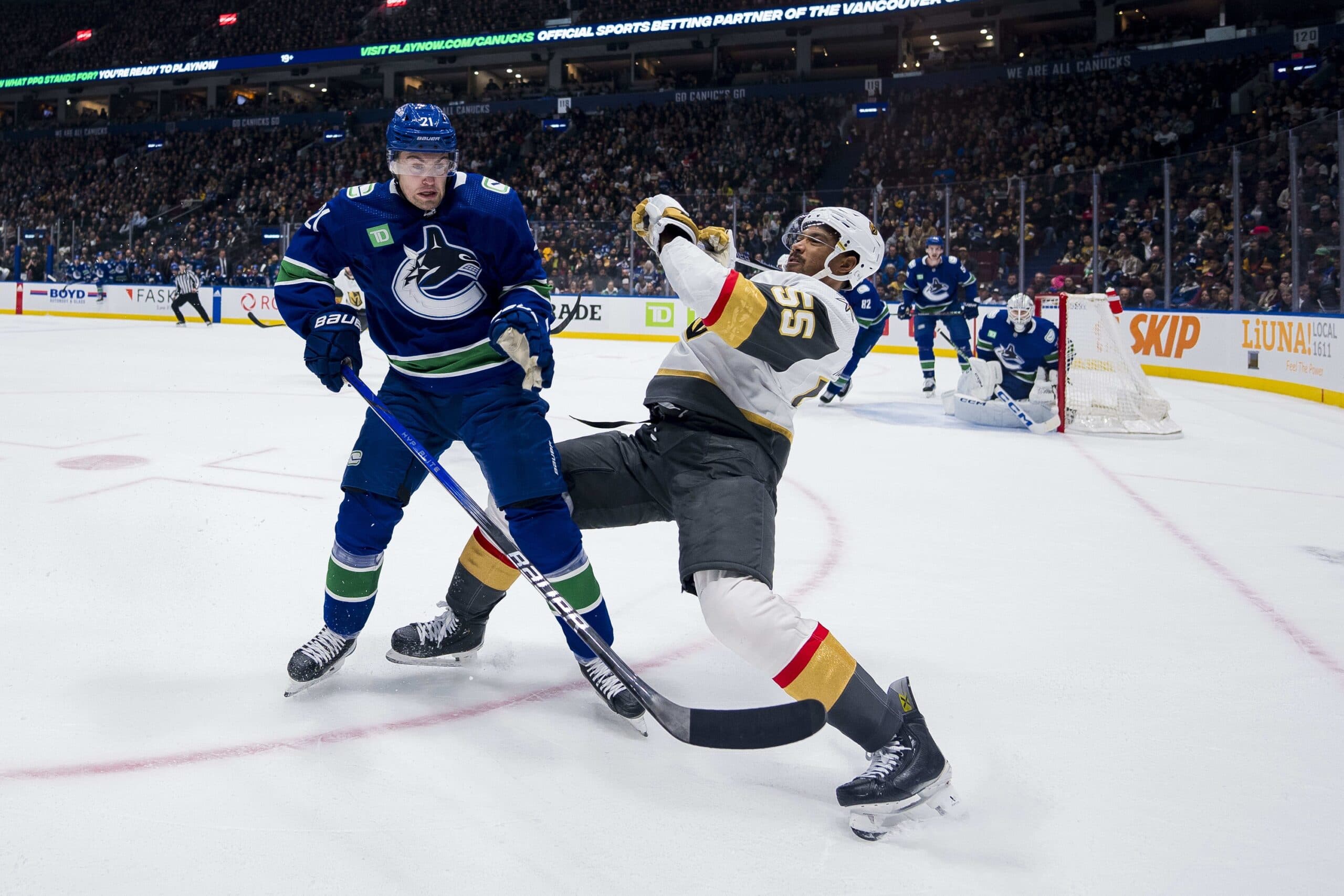Why does Nils Höglander score more in the bottom-six than he does in the top-six?
Photo credit: © Bob Frid-USA TODAY Sports
9 months ago
Keep scrolling for the next article
Breaking News
- Scenes from Canucks practice: Maintenance day for Miller and new power play lines
- What might the Canucks’ lines look like once Dakota Joshua returns?
- NHL PDO Watch 2024/25: The Canucks are back to the middle of the pack
- JPat’s Monday Mailbag: Figuring out the optimal Canucks lines when injured players return
- 3 Canucks Stars of the Week: Kevin Lankinen stands out with shutout performance
